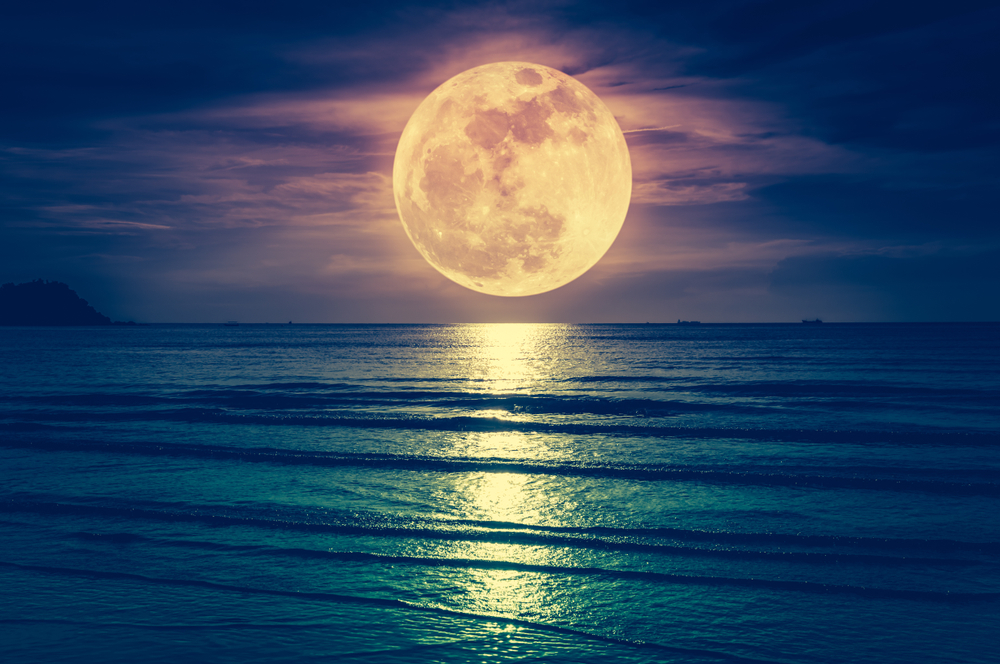The moon is always full. Ever heard the phrase before? It comes from a section of Zen Mind, Beginner’s Mind by Shunryu Suzuki:
“Every day the moon becomes larger and larger and on the fifteenth day, it becomes full…Since only a part of the moon can be seen from earth, we are deluded into thinking that it increases and decreases in size. But the plain fact is, whether we can see it or not, whether we call it new moon, half-moon or crescent moon, the moon is full—ALWAYS!”
This concept teaches us to notice the fullness of what is seen and unseen. And if you start looking at your life with this perspective, you might be surprised at how your relationships and priorities will shift. Since we just experienced our last full moon of the decade, I thought it would be interesting to look at what we can learn from the moon.
Activity and Relationships
Our lives are fast-paced, sometimes downright hectic. We busy ourselves with one activity after another after another. When we take the rare opportunity to reflect and measure our success, we often count the number of things we are doing as a measure of productivity.
But that singular focus on activity causes us to miss other unseen dynamics. And those unseen parts could have more power over the course of our lives than any activities we busy ourselves with.
One example is the quality of our relationships – with family, friends, coworkers, neighbors and animals too. From my studies of nature and decades of consulting experience in leadership, human development and organizational development, I have found that:
- Change flows through the lines of relationships.
- Learning flows through the lines of relationships.
- Creativity flows through the lines of relationships.
- Adaptation flows through the information that comes from relationships.
- Evolution flows through information that comes through relationships.
Obviously, relationships are very important. And yet, their power is often unseen. They exist, but like the waxing moon, the activities are the shiny parts we pay attention to.
The nature of relationships
Nature’s complicated network of relationships show us how every connection holds value and is necessary for the bigger system to thrive. If we just looked at individual plants or trees, we would miss how they are connected and ignore the unseen.
This is also true of our lives and relationships. If we only focus on ourselves, seeing those around us merely as part of our activities, we ignore the unseen importance they have on the outcomes of our activities, and more importantly, on our lives overall.
What’s more, in these relationships, we are so quick to see others’ imperfections and flaws. We don’t focus on the fullness of how far each relationship has come or how much potential there is for it to grow. Instead of superficially viewing relationships in their current state, we should think of them on a continuum of progress, much of which is unseen.
So, how do you learn to see the unseen?
You can start by letting go of intense focus on actions and activities. They only tell part of your story and are not full measures of your success. Instead, take more notice of the connections and relationships in your life.
Consider your priorities through the lens of relationships. Start acknowledging relationships and their impact on:
- what you want to do
- what you want to attract
- what you want to change
- what you learn
- how you can evolve
This practice helps us respect and search for the unseen. With a little time, you will learn to look where the light isn’t. You’ll become more aware of the fullness of your life and relationships, even when things appear to be waxing or waning…if you can just remember that the moon is always full!


